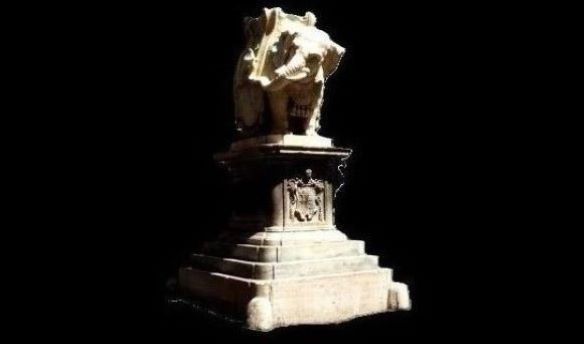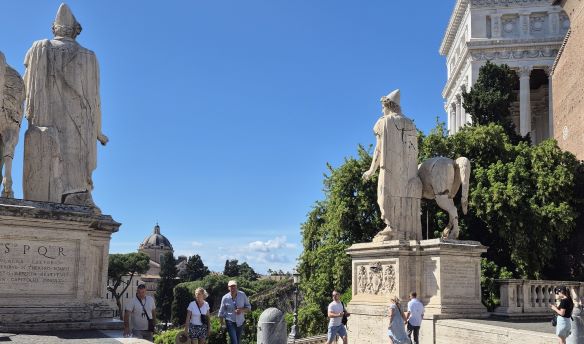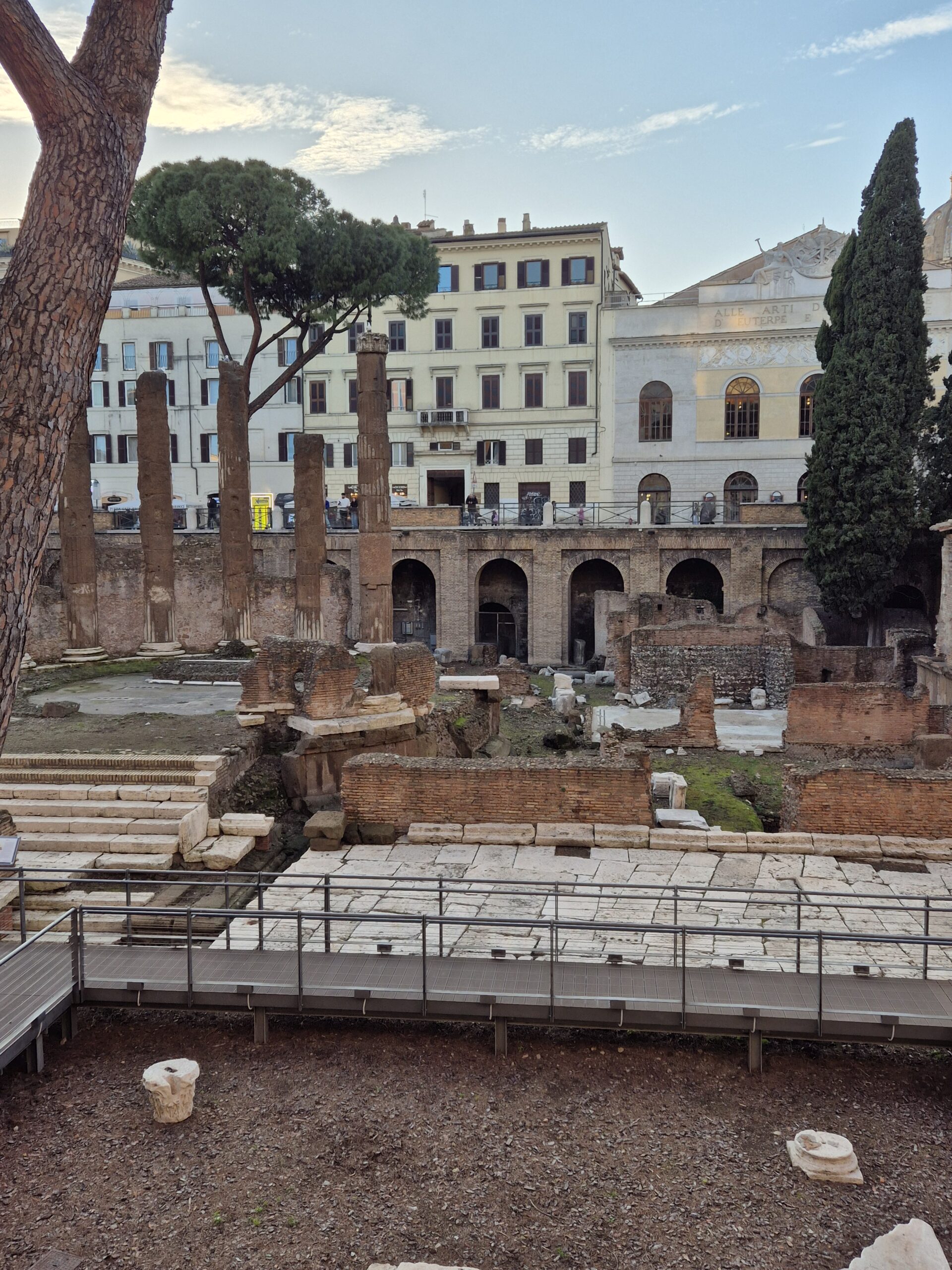
Famous general, first consul and now dictator perpetuo – dictator for life. Julius Caesar seemed at the height of his power. Yet Rome was a republic. Previously, the title “dictator” had been used as an emergency measure, strictly on a temporary basis.
Some influential Romans, like Caesar’s protégé Brutus, proudly traced their lineage back to men who had overthrown the last Roman king.
Caesar broke the republic’s rules when he took power. He was an idolised general after his conquests in Gaul and Britain but, in 49 BC, he and his army crossed the Rubicon, the river over which no army was permitted to pass. He entered Rome and his former ally, the first consul Pompey, fled. Caesar replaced him, pitching Rome into civil war until Pompey was killed the following year.
The Ides of March – meeting of the Senate at the Curia of Pompey, part of the Area Sacra
Was Caesar about to make himself King of Rome? At the beginning of 44BC, a group of conspirators, including Brutus, hatched a plot to kill him. They recruited carefully and, although they were over sixty in number, no-one broke ranks to alert Caesar. Many were senators from wealthy and influential families and they decided to assassinate Caesar at the Senate’s meeting on 15th March, the ides of March. Only senators were allowed into the Senate proceedings, which would restrict the number of people who might come to Caesar’s aid. At that time, the Senate was convened in a variety of locations, owing to the reconstruction of the regular building. On 15th March, the venue was the Curia of Pompey, now part of the Area Sacra in Piazza Argentina.
The conspirators waited but there was no sign of Caesar. He was still at home. A seer, Spurinna, had warned him that he faced attack until the ides of March and Caesar’s wife, Calpurnia, had told him of her nightmare that he was dead. She begged him not to go to the Senate meeting and Caesar acceded.
Finally, one of the conspirators, Decimus, walked to Caesar’s house and persuaded him to come after all. The other conspirators watched as Caesar and Decimus approached.
Mark Anthony watched too. He was one of Caesar’s best generals and knew nothing of the conspiracy. The conspirators feared that he might go to Caesar’s aid, perhaps inspiring others. As Mark Anthony stepped forward to greet Caesar, a conspirator interposed himself and began to talk to him. Caesar entered the building and Mark Anthony remained in conversation outside.
Caesar took his seat in the Curia of Pompey. Above him loomed the enormous statue of Pompey, once his ally, later enemy. Lucius Tillius Cimber, a conspirator, presented him with a petition to recall his exiled brother. This was nothing new to Caesar but the other conspirators crowded around him. He tried to push them back but Cimber grabbed his shoulders and the conspirators attacked him with daggers. As Caesar tried to resist, he tripped and fell. He died with twenty-three stab wounds.
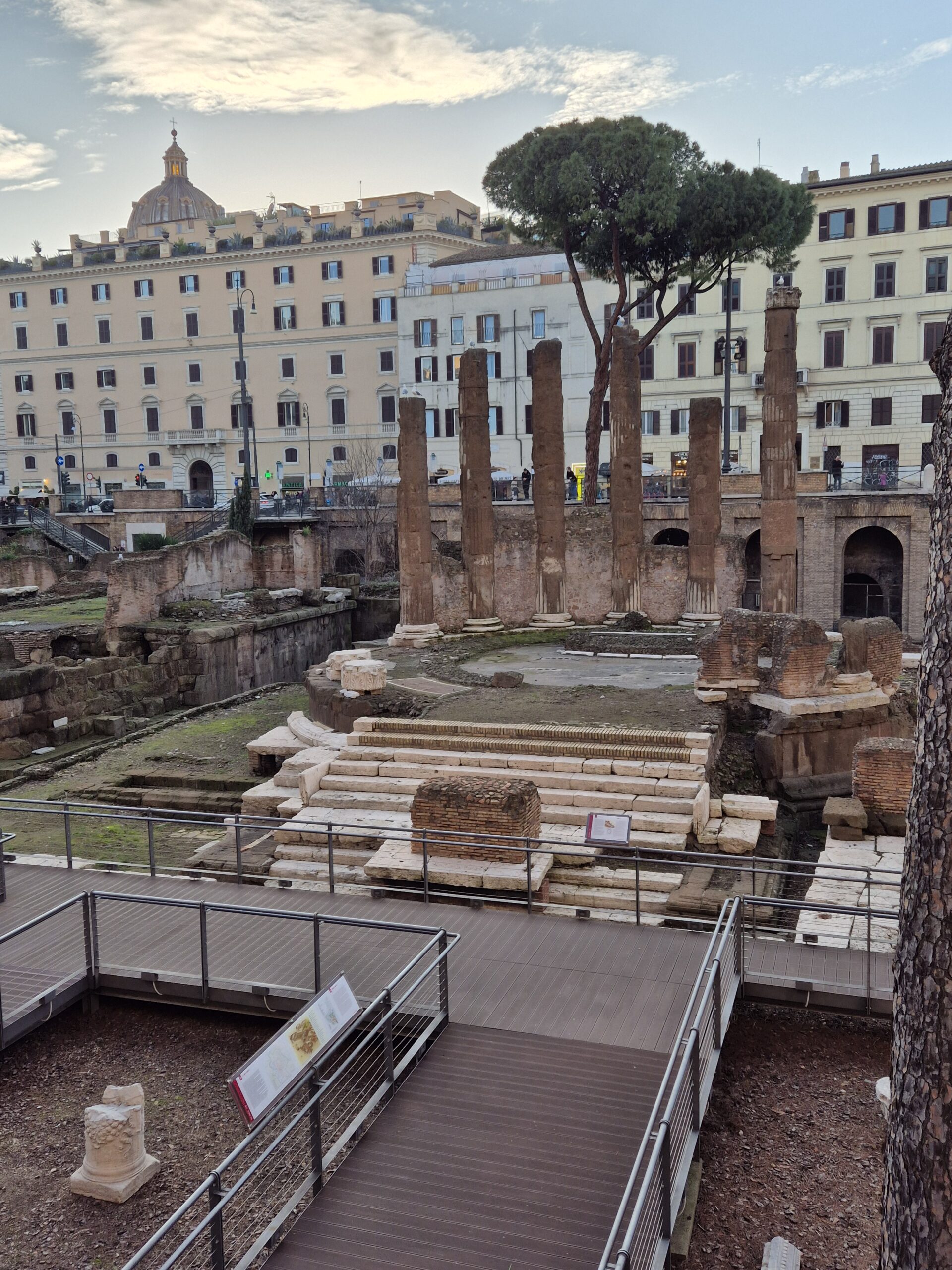
The remains of the Curia of Pompey are towards the rear wall, to the left of the pillars.
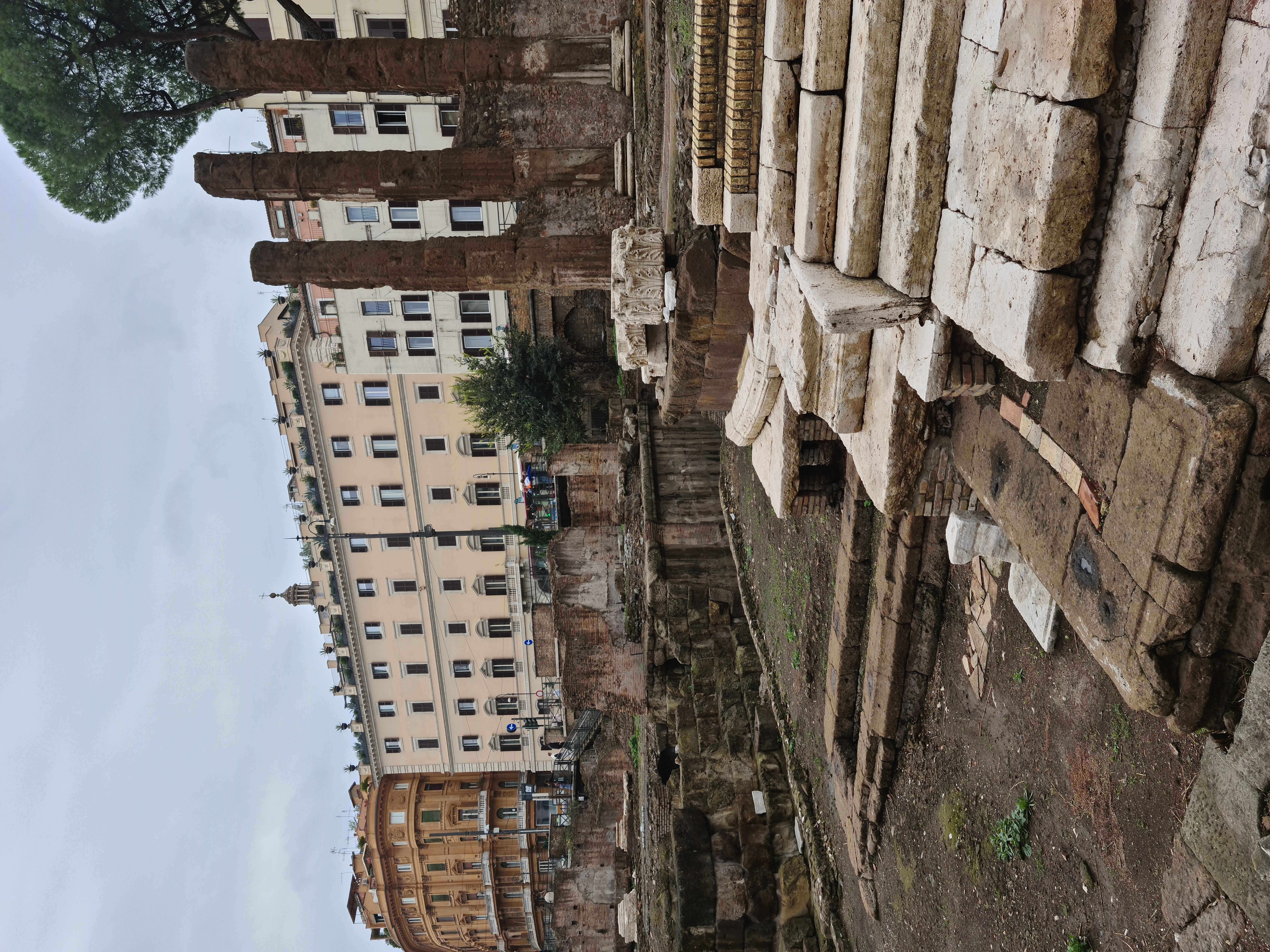
And afterwards … the end of Rome’s republic
The conpirators were granted an amnesty but many left Rome, fearing for their safety.
A triumvirate replaced Caesar at the head of Rome’s government. Two of the leaders, Mark Anthony and Lepidus, were experienced commanders and former allies of Caesar. The third, Octavian, was Caesar’s great-nephew and adopted heir, who took the name Gaius Julius Caesar Octavianus. Although only eighteen when Caesar died, Octavian was clever and able. When Caesar was deified the following year, Octavian became “Son of the Divine”, which enhanced his power.
Octavian repealed the conspirators’ amnesty, effectively declaring them murderers. It led to war between the triumverate’s armies and those of Brutus and his fellow conspirator Cassius. The triumverate eventually defeated them and Cassius and Brutus killed themselves.
The triumvirate proved unstable and riven with disputes: Lepidus was forced into exile in 36BC and Octavian defeated Mark Anthony and his wife Cleopatra in 31BC. Now Octavian was sole ruler and in 27BC the Senate granted Octavian the title Augustus.
The reviled kings did not return: Augustus and his successors ruled Rome as Emperors.
The Area Sacra
The ruins in the Area Sacra in Piazza Argentina were uncovered approximately one hundred years ago, when the area was intended for construction. Archaeologists discovered at least five layers of important ruins, amongst the oldest in Rome. The excavations took place from 1924-1929 and Mussolini presided over the unveiling ceremony. The site could only be viewed from above, at street level, until in 2023 it was opened to the public, complete with steps and walkways, courtesy of funding from Bulgari the jewellers.
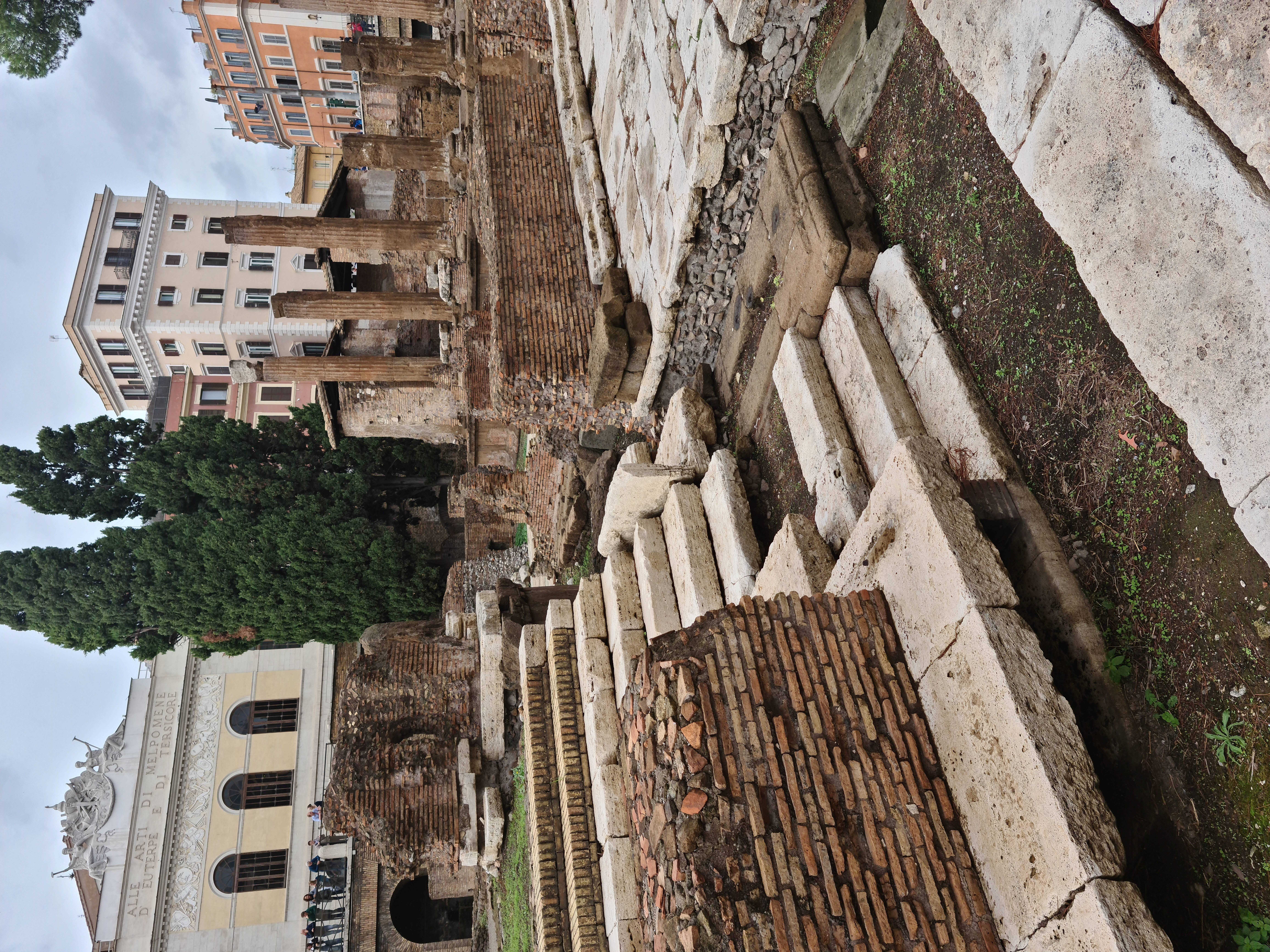
The main area reveals four temples, dating from the 4thto the 1st century BC. The temples have been given letters A to D, denoting each one’s position, north to south, rather than its age.
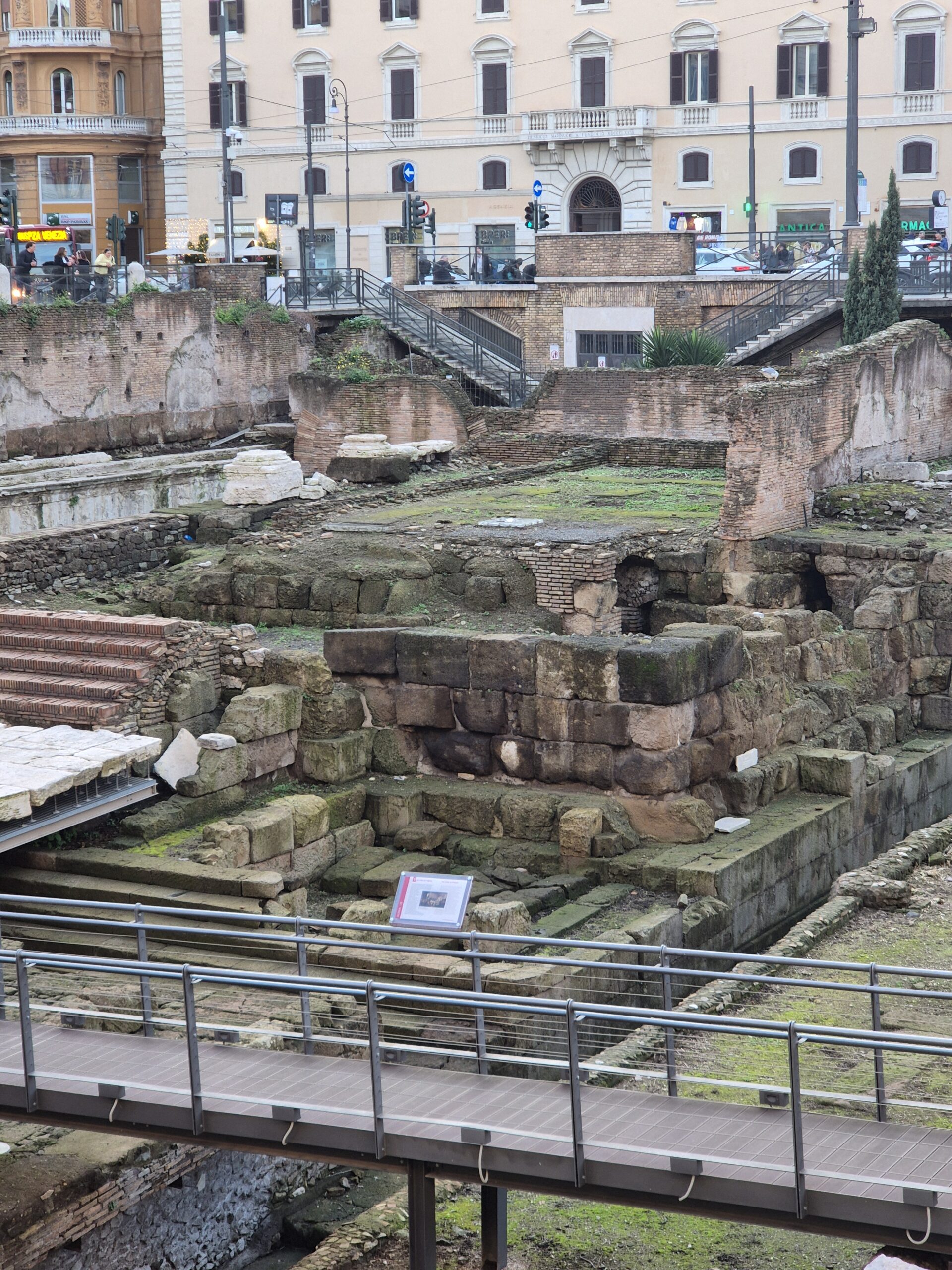
The oldest is Temple C, probably dating from the beginning of the 3rd century BC and dedicated to the goddess Feronia.
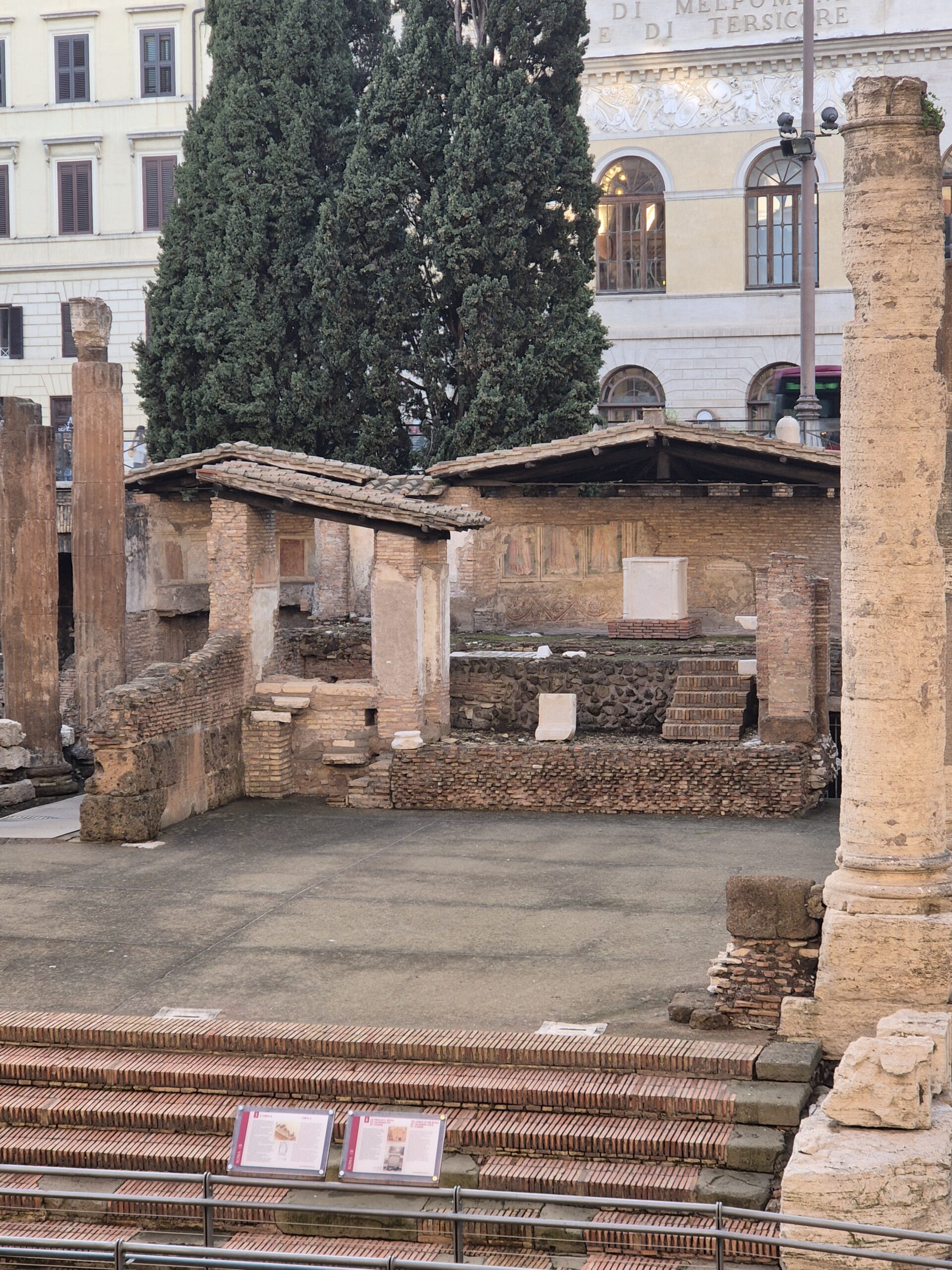
Temple A is the smallest, probably built in the middle of the 3rd century BC and dedicated to Giuturna.
Temple D extends below Via Florida and dates from the beginning of the 2nd century BC, dedicated to the Ninfe or Lares Permarini.
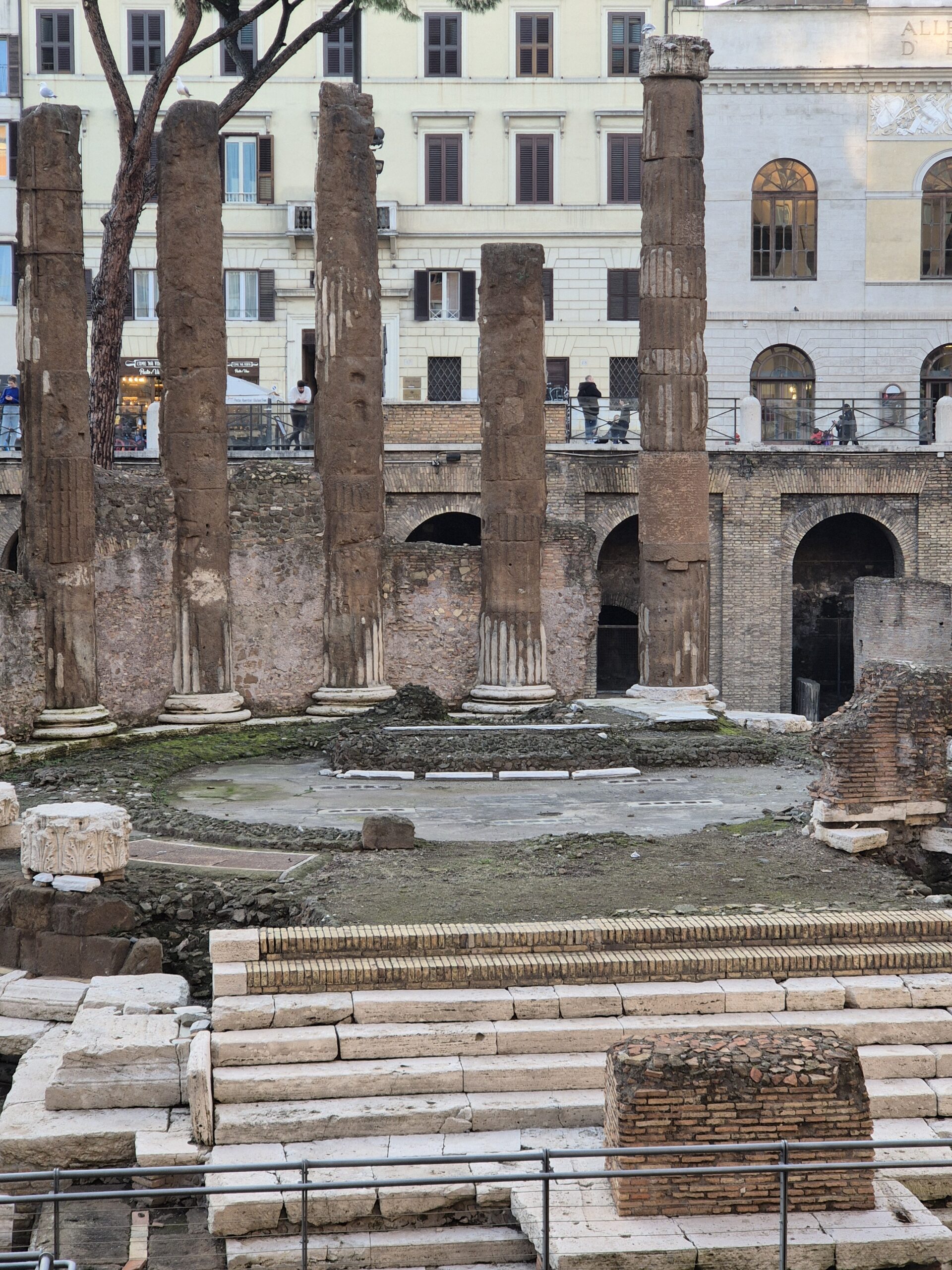
The round Temple B dates from the end of the 2nd century BC and is dedicated to the Fortuna huiusce diei (fortune of the present day).
The place where Julius Caesar was assassinated has been identified, alongside these ancient temples. Large blocks of Tufo (stone commonly used in Rome) stand behind Temples B and C. They belong to the Curia of Pompey. In ancient times it was part of a complex built by Pompey comprising long arcades and gardens, leading to a theatre and the temple of Venus. Crucially, for identification of the Curia, the Forma Urbis (a marble plan of the city) shows that the Curia was flanked by two large latrines, which were also referred to by the sources of the time. The channels in the ground are still visible in the area between the two temples. These traces enabled the archaeologists to determine the location of the statue of Pompey, beneath which Caesar was killed.

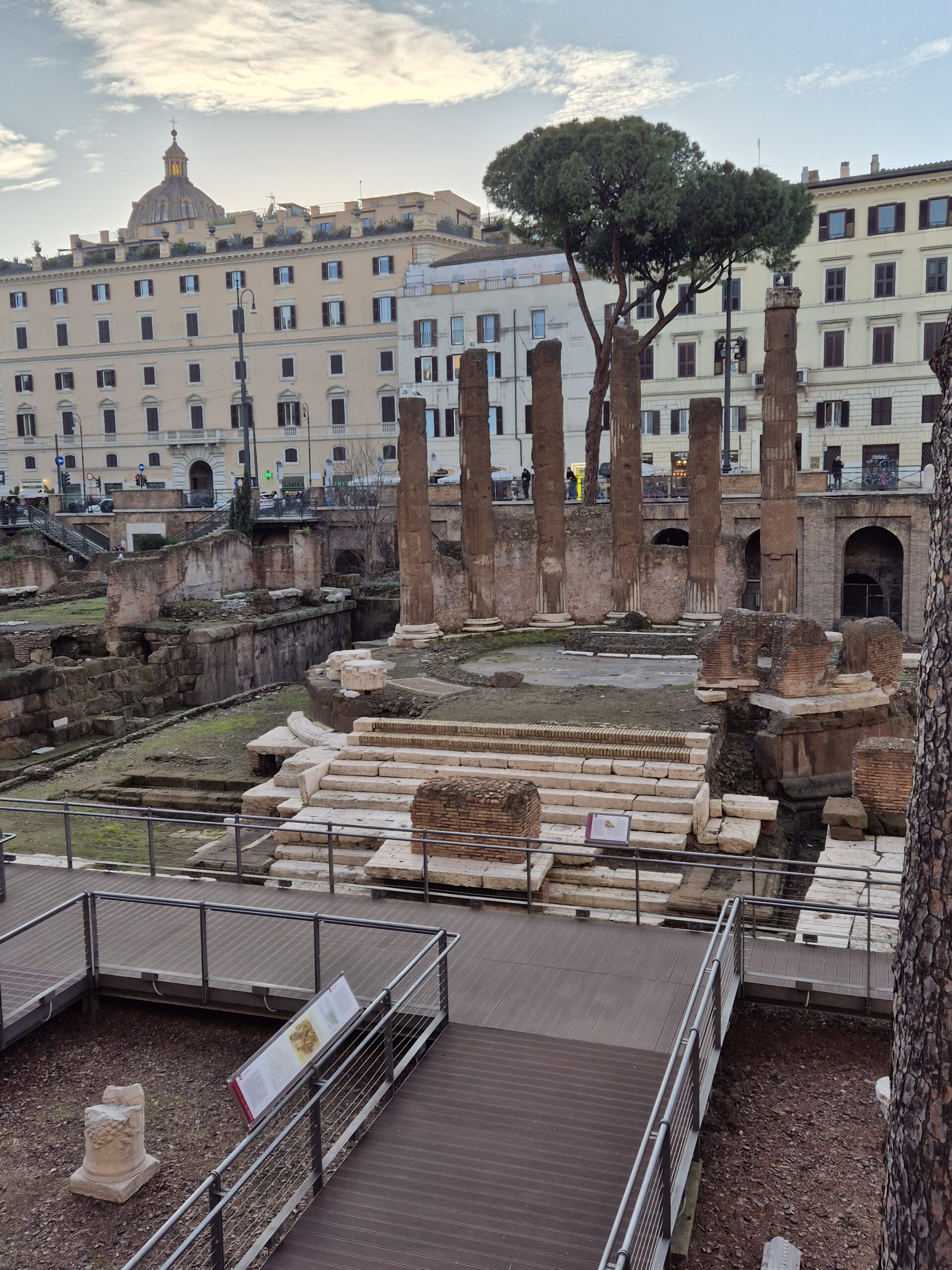
When Augustus assumed power, he declared the Curia of Pompey a locus sceleratus (accursed place). It was walled up and Pompey’s statue moved.
No longer accursed, today the Area Sacra is also home to a cat sanctuary.
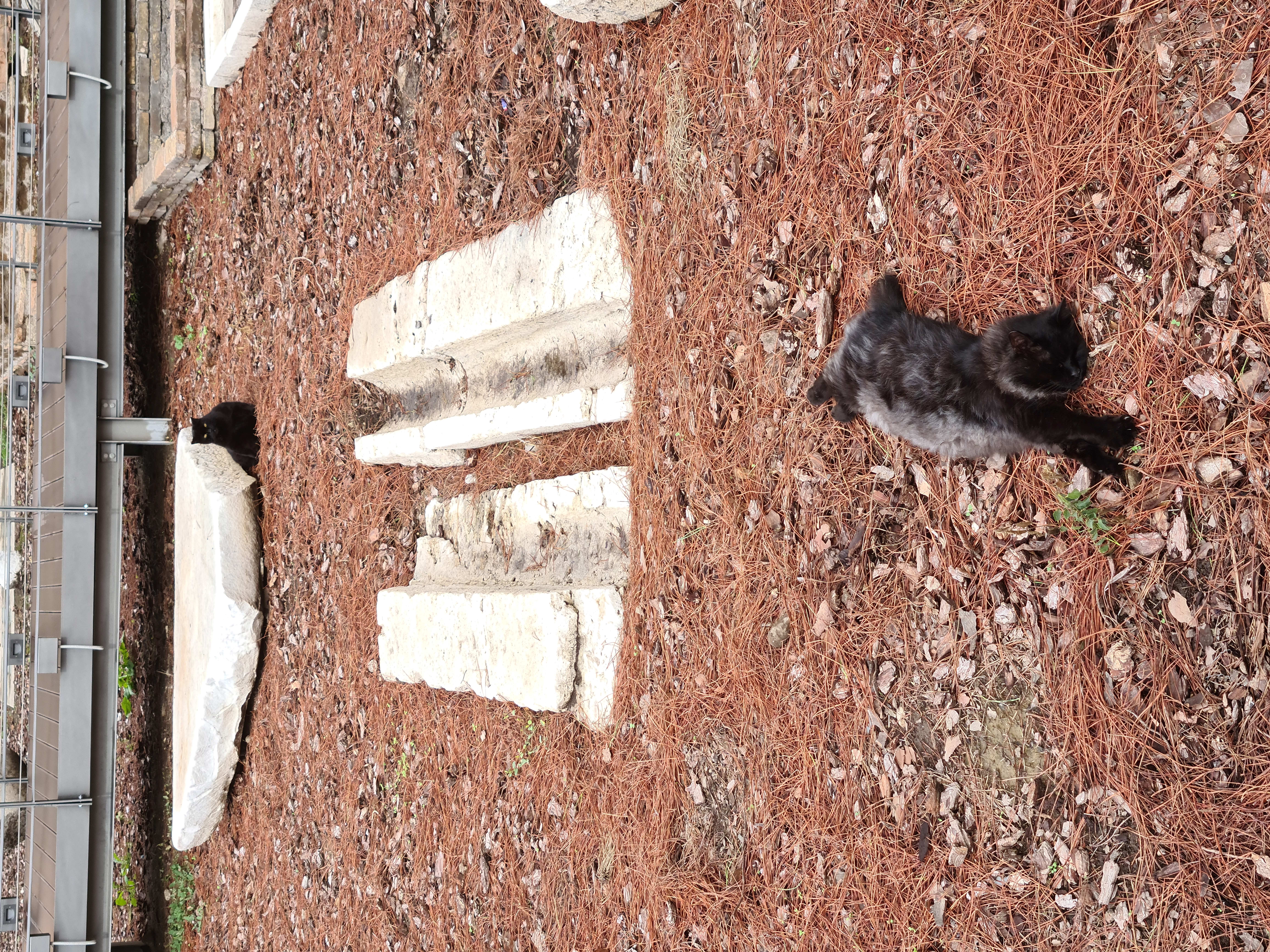
Some cats revel in the home of their dreams.
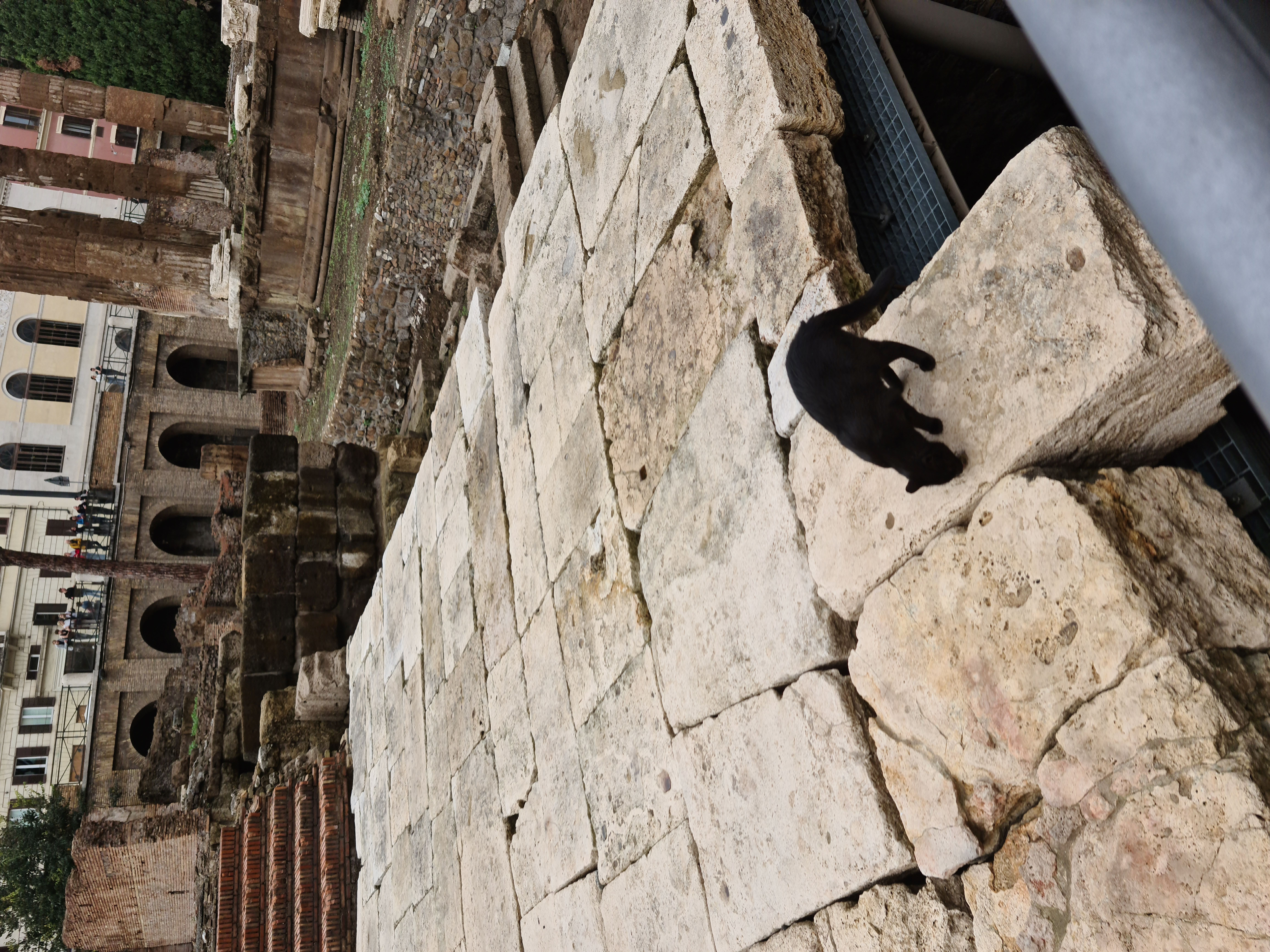
Others spend their days in historical research.


